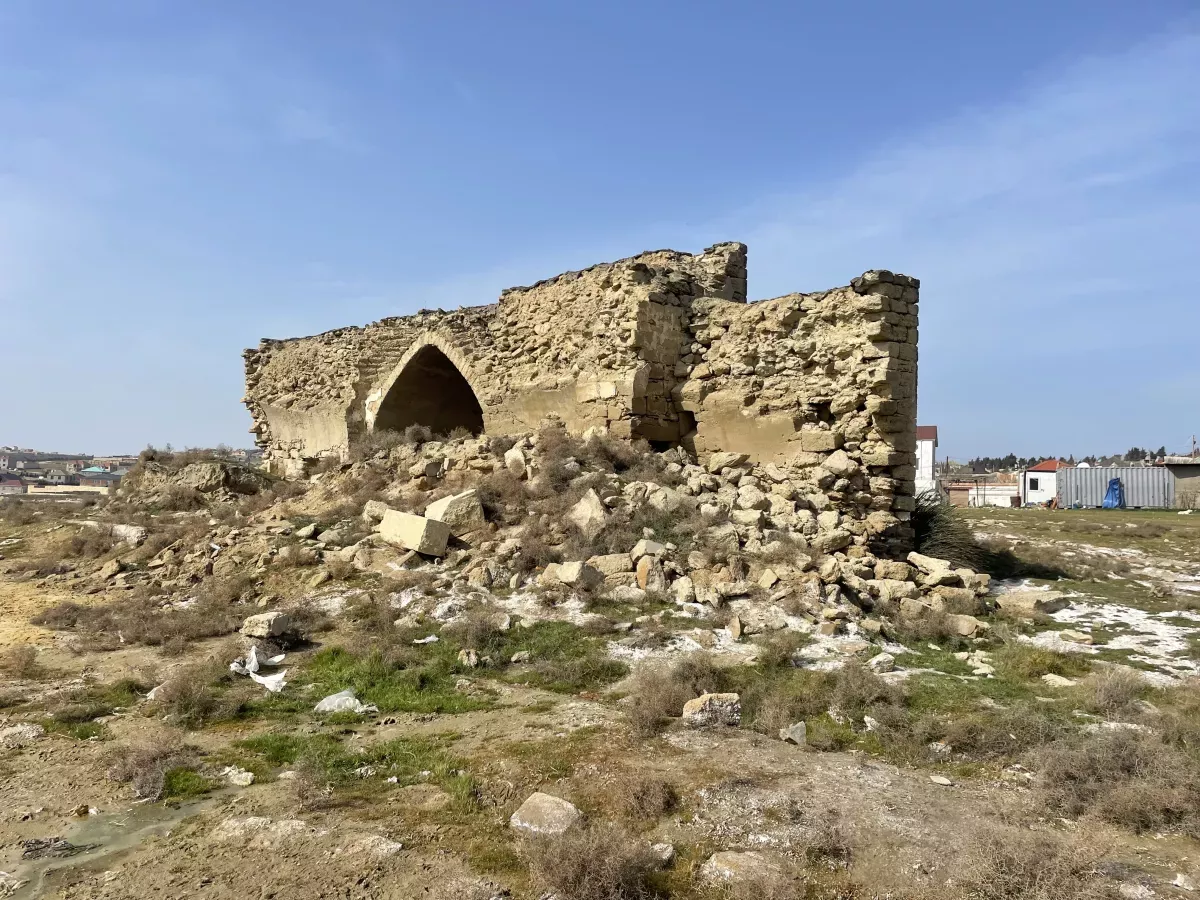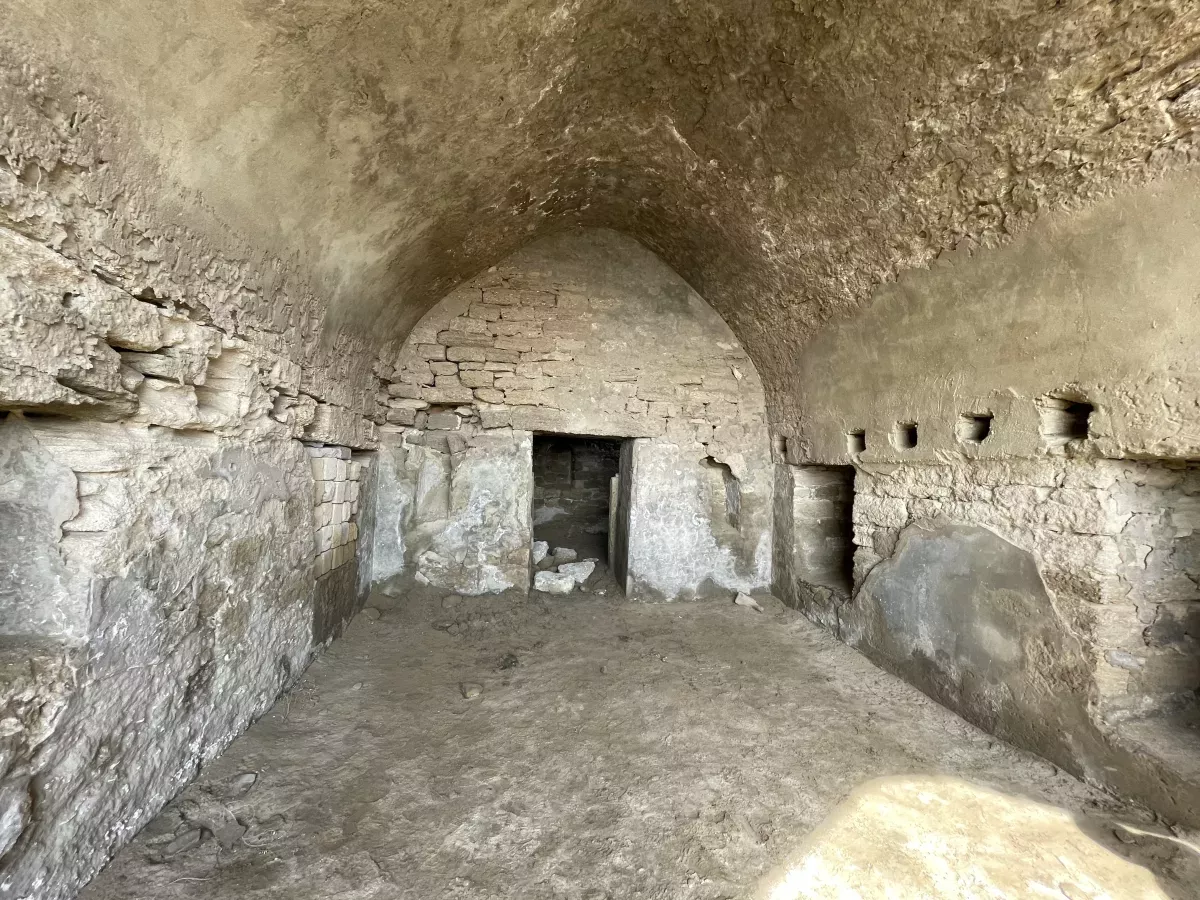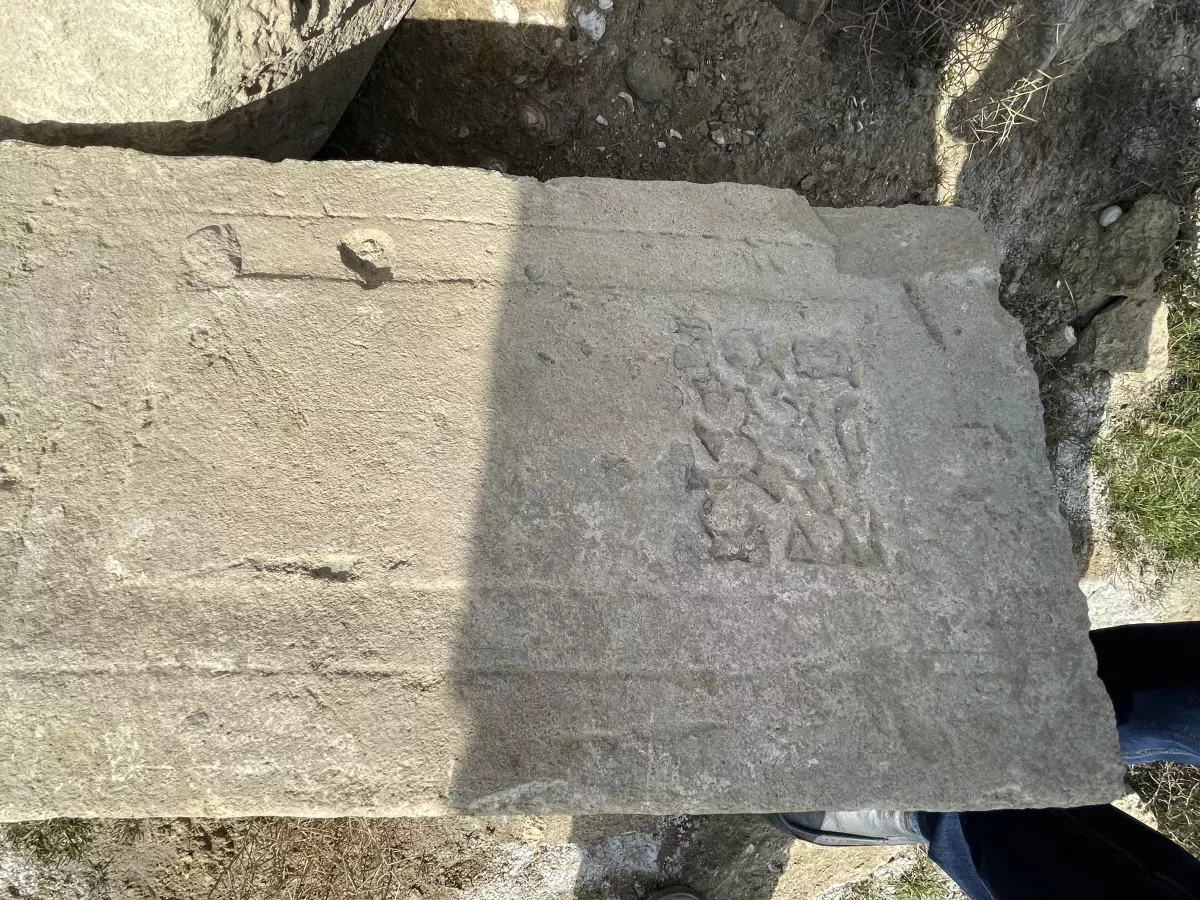Between legend and legacy: Exploring Azerbaijan’s Shah Sultan Hussein Mosque, Absheron’s past Journey through history on Caliber.Az
Azerbaijan’s Absheron Peninsula is renowned for its numerous traditional villages. Bordered by the Caspian Sea, this region is rich not only in natural resources but also in a cultural heritage shaped over centuries. It is home to unique historical landmarks and architectural masterpieces that have withstood the test of time.

Each village preserves its own unique story, reflecting the richness and diversity of Absheron’s cultural tapestry. Mosques, caravanserais, ancient fortresses, and secluded shrines stand as enduring reminders of the region’s centuries-old history. Absheron is a place where history and modern life intersect, creating a unique portrait of the region’s culture and everyday rhythms.
One such remarkable location with a rich historical background is Novkhani settlement —its name derived from Persian, with “nov” meaning “new” and “khani” meaning “house” or “dwelling.” The settlement is situated on the northeastern shore of Lake Masazirgol. Historians believe that the present settlement was founded in the 17th century by residents who relocated from an older village nearby.

Some scholars suggest that the establishment of Novkhani was a result of a natural disaster that destroyed the neighboring village of Siyyan. The nature of this catastrophe remains not fully understood, but its role in migration patterns and the founding of the new settlement is crucial for understanding the region’s history. Establishing a connection between these two villages provides valuable insights into the processes of life’s restoration in Absheron, shedding light on the unique cultural and social development of the area.
Despite the need for further research and clarification, this hypothesis sheds light on the dynamics of the region’s life in the 17th century, making a significant contribution to the study of the history and cultural heritage of the Absheron Peninsula. One of the unique and fascinating landmarks of Novkhani is the Shah Sultan Hussein Mosque. This architectural masterpiece belongs to the Absheron architectural school, which has left a remarkable imprint on the history of Azerbaijani architecture.
The Shirvan-Absheron architectural school is one of the most significant architectural traditions that flourished in medieval Azerbaijan, particularly in the historical region of Shirvan. It emerged around the 8th to 9th centuries and reached its peak during the 11th to 15th centuries. During this period, many remarkable structures were built, including the Shirvanshahs' Palace Complex in Baku, the Maiden Tower, the Diri Baba Mausoleum in Gobustan, and others.
This architectural school is characterized by the contrast between smooth stone walls and simple expressive architectural elements. There is also a harmonious balance between heavy, large forms and smaller ones, which imparts a unique elegance and simplicity to the buildings. The 18th-century Shah Sultan Hussein Mosque is an outstanding example of the region’s architectural heritage. Despite its modest size and partial destruction, it possesses a unique charm and beauty, making it significant for the study of historical architecture. The architectural elements on the mosque's walls have beautifully preserved their depth and intricacy, showcasing the craftsmanship of the builders from that era.

The walls of the prayer hall were once adorned with exquisite ornaments, creating an atmosphere of warmth and sanctity. The mosque's dome was designed with pointed arches, adding a sense of lightness and airiness while enhancing the feeling of height. The smooth forms and elegance of the architectural details contrast with the heavier elements, giving uniqueness.

It is also important to note that near the mosque once stood an ovdan—an ancient hydraulic structure used for collecting and storing water. According to local legends, Stalin himself once hid in this mosque, which adds even greater historical significance to the site. However, in the 1930s, the mosque was closed by the Soviet authorities and gradually fell into decay, losing its former grandeur.
The Shah Sultan Hussein Mosque is a valuable architectural heritage site that demands special attention and restoration. More than just an architectural masterpiece of its era, the mosque stands as a symbol of the spiritual values that have shaped our people's identity. By preserving this legacy, we not only strengthen our connection to the past but also pass on a sense of cultural unity and historical continuity to future generations.
Vahid Shukurov, specially for Caliber.Az








